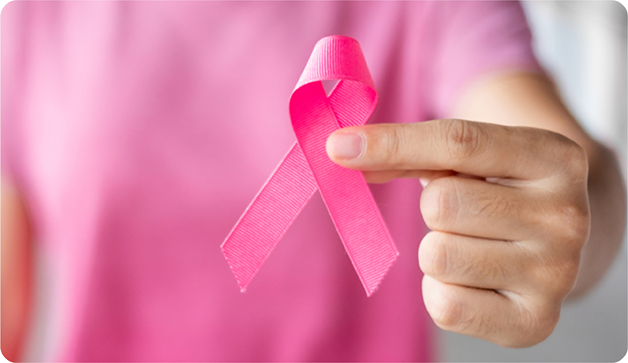Breast Cancer
The breasts are composed of various tissues. These tissues are also connected to a network of lobes. Every lobe contains tiny structures called lobules that contain milk glands. This milk travels from the lobes to the nipples through minute ducts connecting the glands, lobules, and lobes.


The nipple area is located in the middle of the areola (the darker area around the nipple). Along with milk glands, the breasts also contain blood vessels to nourish the cells. Breast cancer develops in these cells. The condition occurs when the normal cells begin to divide abruptly creating a tumor or mass in the breast. Due to a vast network of blood vessels in the area, it spreads quickly to the lymph vessels and other parts of the body.
Today, breast cancer has become the most common type and causes frequent deaths in women. Cancer, however, can develop in both men and women. The recent awareness, early detection, and effective treatment strategies are improving survival rates.
Types of Breast Cancer
Depending on the degree of the tumor, breast cancer is of two types:
- Invasive Breast Cancer: This type of cancer is aggressive and spreads to the surrounding tissues, lymph nodes, and other parts of the body through blood vessels.
- Non-invasive Breast Cancer: This type of cancer is localized and does not spread to the other parts of the body.






